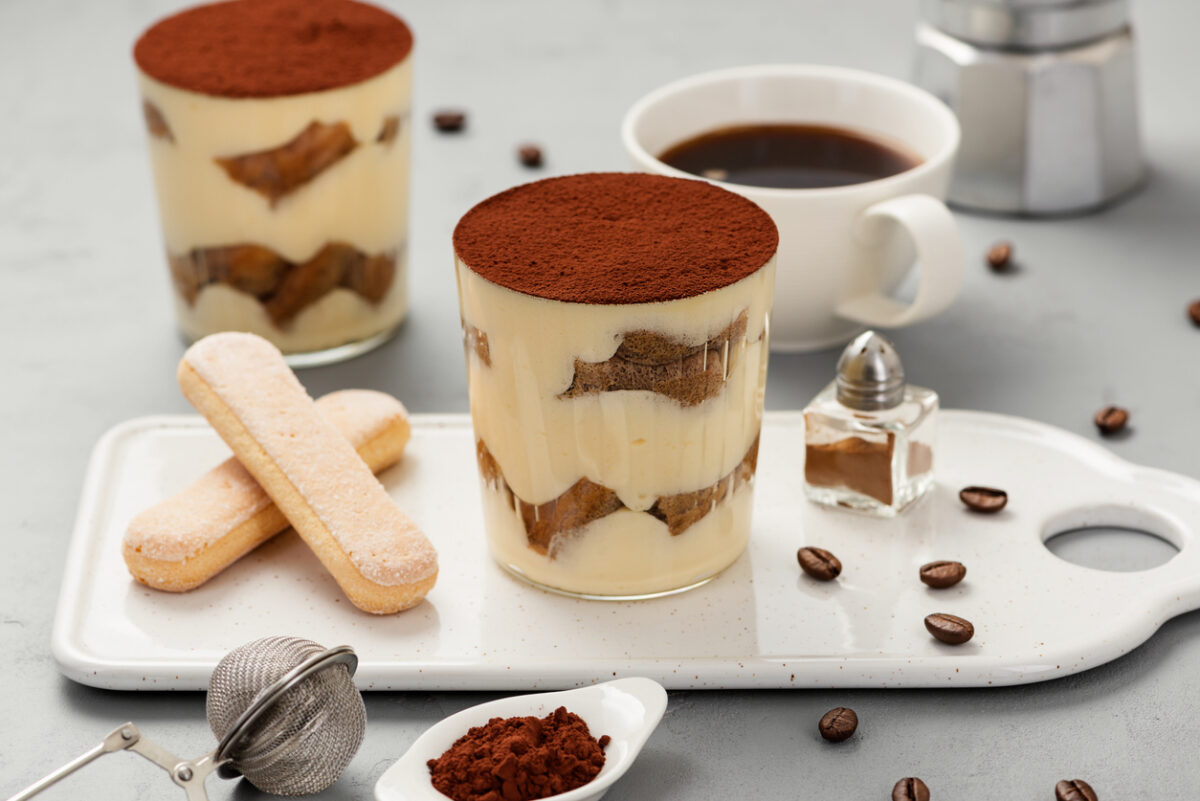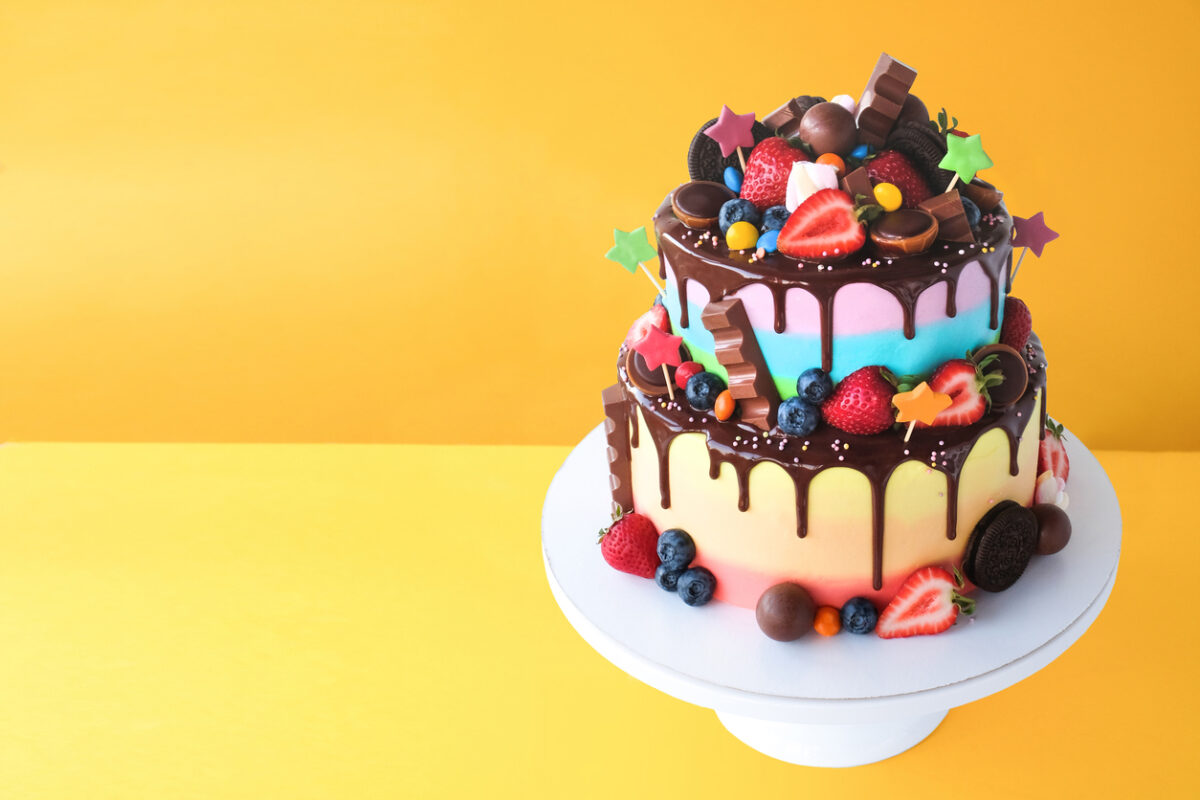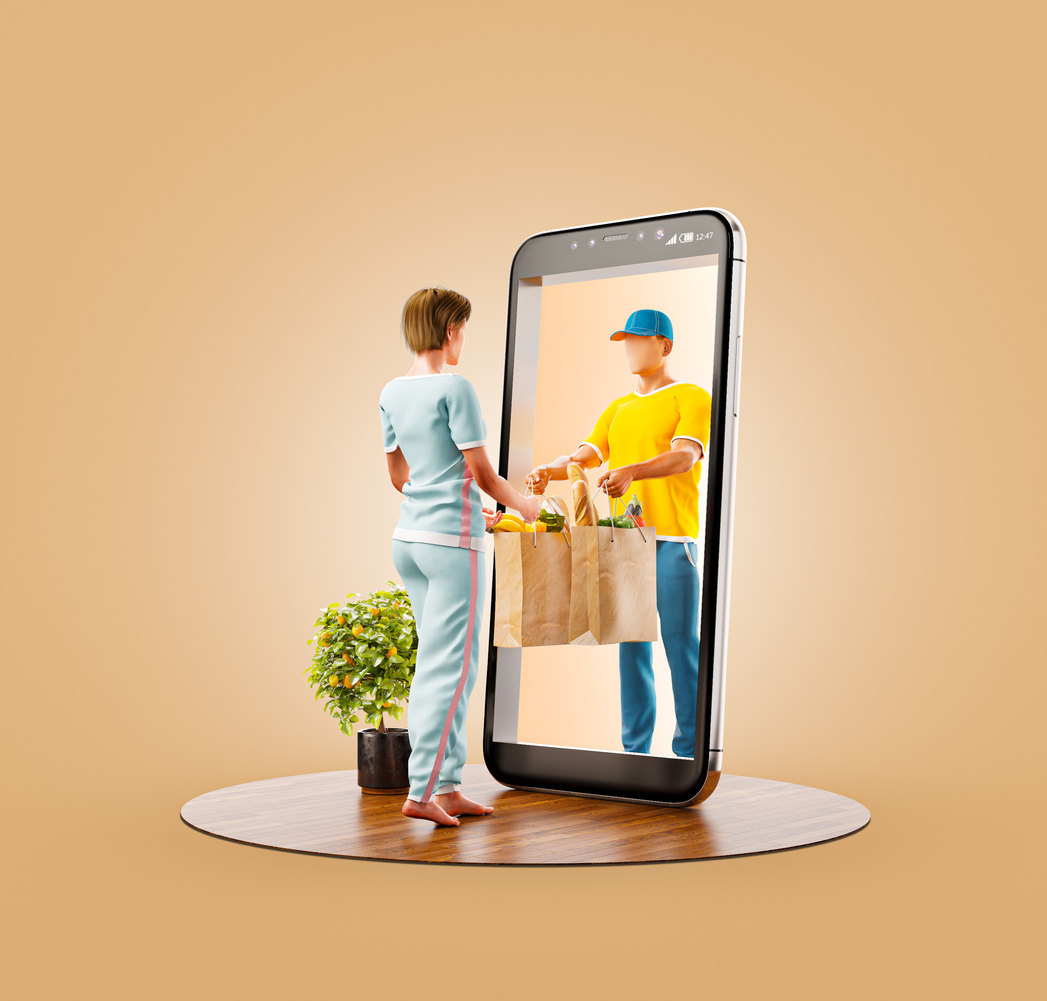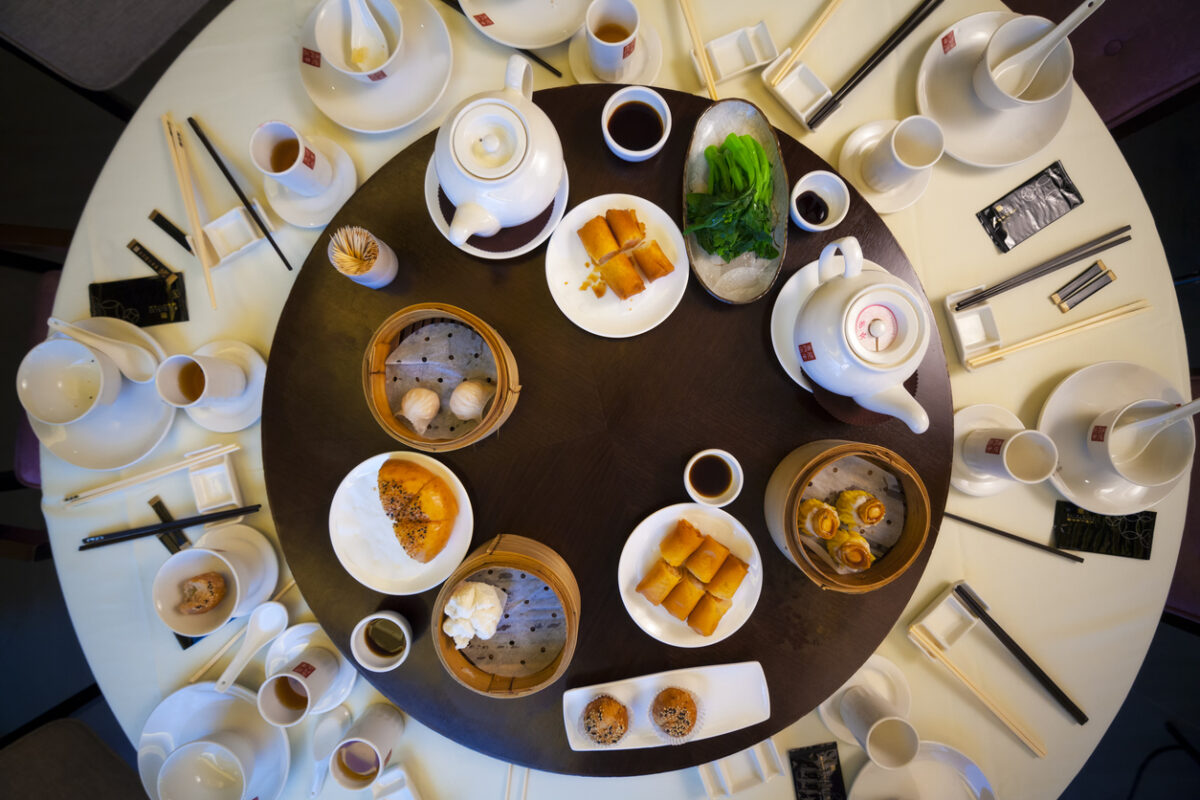TikTok trolley dash: how food companies are cashing in on the social media app

If you believe that TikTok is only for kids dancing and lip-syncing to homologous pop music, with little relevance to food marketing, then your views are as outdated as an affordable gas and electric bill. TikTok launched their fresh food store on 1 August 2022, allowing food and drink sales via user profiles, a development which solves the “Why TikTok?” question for F&B brands and allows them to reap the benefits of the platform’s dizzying metrics.
TikTok metrics: 1 billion and counting
Musical.ly, the predecessor to TikTok, created the dancing and lip-syncing cliché, and as with many clichés, it was once a truth. TikTok’s owners, ByteDance, acquired Musical.ly in 2017 and merged it into the TikTok app, before pursuing a rapid pathway of growth and content expansion across sectors and age groups, creating brand exposure to viral content that would make any social media marketing manager blush. Or get them a pay rise.
TikTok data blows other social media platforms out the water. It rocketed to 1 billion Monthly Active Users (MAUs) faster than any other platform and is aiming for 1 billion daily average users in 2023. They’ve clearly got their eyes on YouTube and Facebook’s 2.5-3bn MAUs and are on a trajectory to achieve it.
User age groups on TikTok are also creeping upwards. Those baby Gen Zs who were dancing in their teens are now hitting their mid-twenties while older millennials have crossed into their forties. Nearly 40% of TikTok’s users are reportedly over 30 years old, with another 35% between 18-29 years. TikTok is no longer an app for kids. You can still find dance crazes if you are into them, but it’s also full of working-age adults who are passively consuming vast quantities of content from individual creators and brands.
At a content level, brands are experiencing mind-boggling reach with simple, low-budget, unpolished short-form content. The kind of content you can make in your pyjamas in bed with one eye on Loose Women. Ryanair often bags 10-20 million organic views from non-sponsored, non-promoted content. Their baseline content regularly hits 1m+ views with their humorously self-aggrandising memes which are often a simple montage of a Ryanair plane with a filter and viral sound added.
What does this mean for food? Thomas Rocke is co-founder of Carrick Connections, a start-up aiming to connect food-based brands with audiences on TikTok. He’s watched the opportunity for brands to capitalise on TikTok over the last few years, saying “Back in 2021 Little Moons created a viral challenge that generated over 150M views, 15,000 videos and added an extra £17.6m in value on the back of the campaign that registered growth of 900%.”. Rocke also commented that “brands have not yet fully understood the beautiful opportunities that TikTok presents in comparison to other social media platforms.”
Building relationships with customers
The style of content being delivered on TikTok brings a new, direct connection with audiences. Content creators began breaking down the fourth wall in product advertising on Instagram, speaking directly to their audience like friends. TikTok takes it one step further, as we are taken behind the scenes of businesses in new ways. Want to see your order of sweets being picked and packed on a livestream? You’ve got it!
The opacity that once existed between brand and audience has dissolved and been replaced by a direct connection to a business. There’s been a flurry of sweet retailers gaining 100k to 1m+ followers simply by opening their doors to their stockroom. Candy Works based in Yorkshire have accrued 1.5M followers and regularly receives hundreds of thousands of views on videos in their #PackAnOrderWithMe series. The premise of these videos is a simple celebration of the seemingly mundane – customers love seeing their order being picked and packed.
TikTok is famously opaque with data on its platform, however, a quick scan of top sellers on the TikTok shop sees individual vendors shipping over to 40,000 units of a single SKU. These are products that have been marketed through viral videos. Independent analysis from the US shows that social commerce has been growing at an astounding rate, increasing by 46.5% in 2021 and claiming 4.1% of the overall e-commerce market – a trend forecast to continue. While the rate of growth might slow a little, it’s still forecast to maintain 20-30% per annum over the coming years.
How brands deliver food content on TikTok
On the other hand, having the staff and resources to create an endless stream of engaging video content is a significant ask for any organisation, and not everyone gets it right.
Waitrose stepped onto TikTok in December 2021 with some beautifully produced content including Heston Blumenthal presenting his recipe for roast potatoes. There was everything we’d expect from Waitrose; excellent production standards, sharp editing and a celebrity endorsement ensconced in unashamedly Waitrose brand values. It received a mere 196 likes and a paltry 4,000 views. It was perfect content for a prime-time slot on ‘I’m a Celebrity…’ but the wrong content for TikTok. Given the outlay associated with such high production standards, it may have cost Waitrose upwards of £1 per view to deliver the content, which even their price points can’t justify.
On the other hand, Tesco smashed it out of the park with their very first upload, a low-budget banger created in the style of Ryanair’s videos. It launched a competition to be the new voice of their self-service checkouts, featuring a talking checkout created using one of TikTok’s built-in filters. The video landed a staggering 26.9 million views and 316.2k likes. The video had ad spend behind it, which would have bumped the views up – however, Tesco did one thing exceptionally well – they talked with the audience, rather than at the audience.
TikTok’s strategy
“Don’t make ads. Make TikToks” is the official advice for brands who want to spread their message on TikTok. Embrace authenticity and creativity. With that in mind it’s possible for any brand to go viral and create reach they’d only dreamed of previously.
If that virality does happen, the TikTok shop provides an immediate call to action that enables a brand to capitalise on it.
When Little Moons went viral their sales rocketed, and their success was grounded in preparing for, and then leveraging the virality. Getting lots of views is only part of the picture. The key component for any food brand is ensuring there’s a conversion plan when you go viral and TikTok makes in-app purchases exceptionally easy, your audience can go from watching a viral food video to ordering the product with a few taps of their thumb. Enabling your audience’s ability to satisfy their hunger at the point it’s been triggered is the key component of any TikTok strategy.
Live streams of products, goods and services are also rewarded by TikTok and can create a revenue stream of their own. The experience gives consumers the chance to ask questions and communicate directly with the brand, in real-time. China is leading on live shopping experiences, with two-thirds of Chinese consumers reportedly buying via livestream in 2020, and E-commerce platform Shopify have partnered with TikTok, signalling their confidence in this way of shopping.
Building an audience or campaign on TikTok requires thinking differently to Instagram or Facebook. Your audience are there to engage with you and your business on a personal level. And even when you get it right, it’s like following the England football team. Most days there’s nothing to celebrate, yet sometimes, you’ll find occasional unexpected bouts of absolute glory that will stay with you for years.








